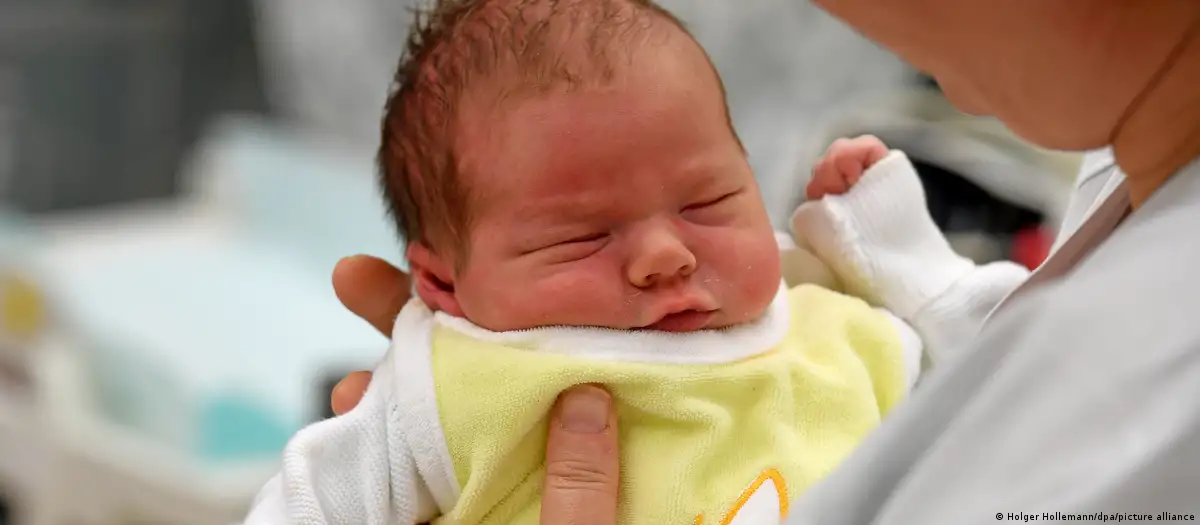Germany’s birth rate has fallen to its lowest level in 15 years, according to a study. The authors suspect that global crises may have played a role in putting potential parents off, at least temporarily.
The Federal Institute for Population Research (BiB) in Germany on Wednesday said it had seen a marked fall in the number of live births in 2023, to the lowest level rate since 2009.
Authors of the study suspect that coronavirus pandemic after-effects, geopolitical uncertainty, and climate fears may be among the reasons that people are delaying or even abandoning plans to become parents.
What do the figures show?
The birth rate fell from 1.57 children per woman in 2021 to around 1.36 in autumn 2023.
The BiB rated this sharp decline within two years as “unusual, as phases of falling birth rates have tended to occur more slowly in the past.”
The researchers said a succession of multiple crises such as the COVID-19 pandemic, the war in Ukraine, inflation, and the climate crisis were possible reasons.
“In such a time of multiple crises, many do not realize their desire to have children,” explained the study’s co-author, Martin Bujard from the BiB.
The birth rate in Germany remained stable during the initial period of the pandemic, according to BiB, but it fell to 1.4 as the pandemic progressed.
The authors believe it is possible many women initially postponed their plans to have children so they could be vaccinated, given that vaccines were not approved for pregnant women at the time.
Rates recovered again later in mid-2022, but the birth rate fell steeply as the impact of high inflation truly began to bite from autumn that year into 2023.
How significant is the decline?
The authors said it was not yet possible to foresee to what extent the new figures revealed a general trend toward falling birth rates or merely a temporary effect.
Persistently low birth rates contribute to an aging society, the study said. For society, such a phenomenon could pose challenges if it were to persist, including a possible decline in skilled workers for the labor market.
According to BiB, the birth rate in West Germany and Germany fluctuated between 1.2 and 1.4 children per woman for four decades after 1975 and was for a long time among the lowest in Europe. From 2015 to 2021 it was significantly higher, with values of 1.5 to 1.6.
Source: Dw










